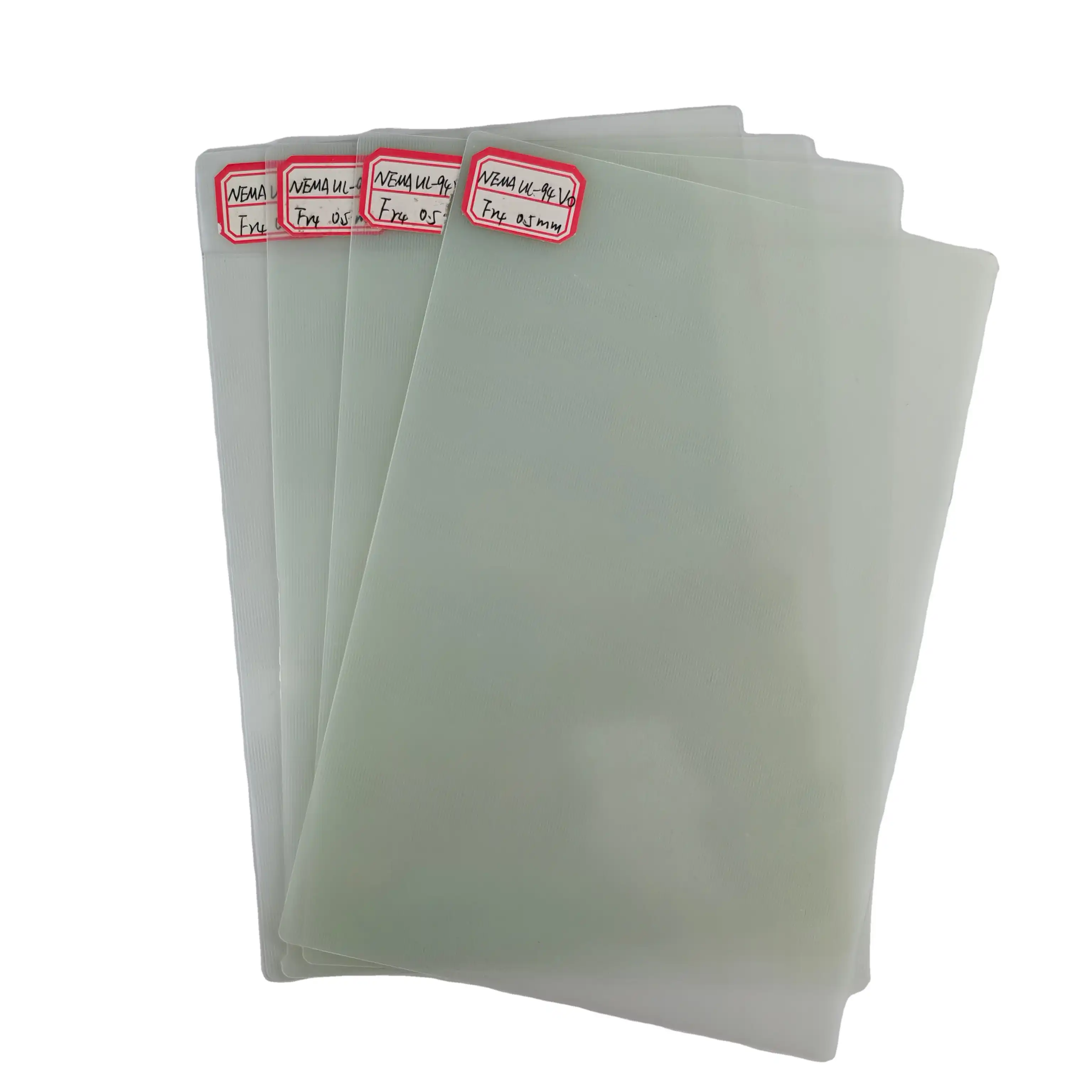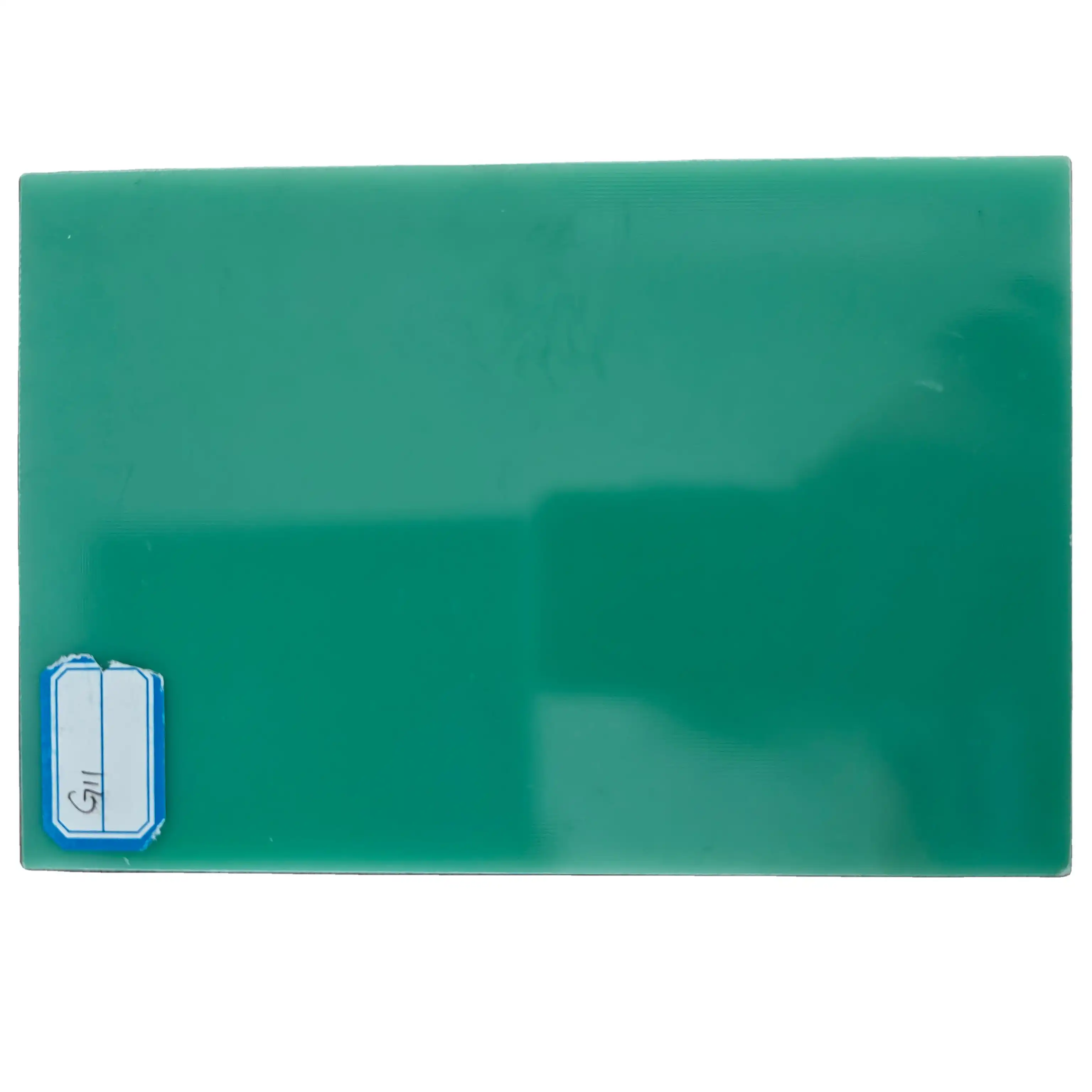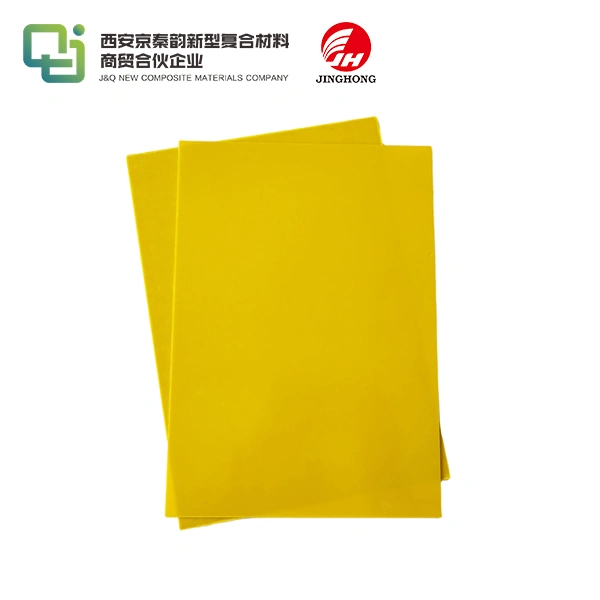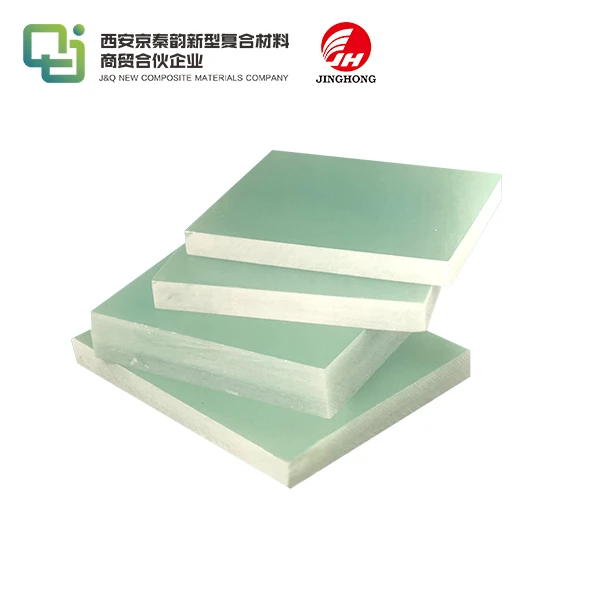What is a Flame Retardant Epoxy Sheet and Why It Matters?
2025-05-07 16:44:11
A flame retardant epoxy sheet is a specialized type of composite material designed to resist fire and high temperatures. It combines the structural strength and versatility of epoxy resin with fire-resistant additives, creating a robust and safety-enhanced product. These sheets are crucial in industries where fire safety is paramount, such as aerospace, electronics, and construction. They provide a critical layer of protection, potentially saving lives and reducing property damage in the event of a fire. The importance of flame retardant epoxy sheets lies in their ability to slow down or prevent the spread of flames, allowing more time for evacuation and fire suppression efforts. This unique combination of strength, durability, and fire resistance makes them an invaluable asset in many applications.
Composition and Properties of Flame Retardant Epoxy Sheets
Chemical Makeup of Flame Retardant Epoxy
Flame retardant epoxy sheets are composed of a complex mixture of materials. The base is typically an epoxy resin, known for its excellent adhesive properties and resistance to environmental degradation. This resin is then enhanced with flame retardant additives, which can include halogenated compounds, phosphorus-based materials, or inorganic fillers like aluminum hydroxide or magnesium hydroxide. These additives work in synergy with the epoxy matrix to create a material that resists ignition and slows flame spread.
Physical Characteristics
The physical properties of flame retardant epoxy sheets are quite remarkable. They exhibit high tensile strength, making them resistant to tearing and deformation under stress. Their surface hardness is notable, allowing them to withstand abrasion and impact. Despite their toughness, these sheets maintain a degree of flexibility, enabling them to be used in applications where some bending or shaping is required. The density of these sheets can vary depending on the specific formulation, but they generally strike a balance between lightweight construction and robust fire resistance.
Thermal Performance
The thermal performance of flame retardant epoxy sheets is where they truly shine. When exposed to high temperatures, these sheets undergo a process called intumescence. This causes the surface to swell and form a protective char layer, which acts as an insulating barrier against heat and flame. This char layer significantly reduces heat transfer to the underlying material, effectively protecting it from fire damage. Additionally, these sheets have a high heat deflection temperature, meaning they maintain their structural integrity even when exposed to elevated temperatures.
Applications and Industries Utilizing Flame Retardant Epoxy Sheets
Aerospace and Aviation
In the aerospace industry, safety is paramount, and flame retardant epoxy sheets play a crucial role. These materials are used extensively in aircraft interiors, including wall panels, ceiling tiles, and floor coverings. Their lightweight nature helps reduce overall aircraft weight, contributing to fuel efficiency. Moreover, their fire-resistant properties provide an essential safety barrier in the event of an onboard fire, potentially buying precious time for emergency procedures.
Electronics and Electrical Engineering
The electronics industry relies heavily on flame retardant epoxy sheets. They are used in the manufacture of printed circuit boards (PCBs), providing both electrical insulation and fire protection. In power distribution systems, these sheets are employed in switchgear and transformers, where their ability to prevent electrical fires is invaluable. The growing trend of miniaturization in electronics has made the heat-resistant properties of these sheets even more critical, as components are packed more densely together.
Construction and Infrastructure
In the construction sector, flame retardant epoxy sheets find applications in both residential and commercial buildings. They are used in the fabrication of fire doors, partitions, and cladding systems. These materials contribute significantly to the overall fire safety of structures, helping to compartmentalize fires and prevent their rapid spread. In infrastructure projects, such as tunnels and bridges, these sheets are utilized for their durability and fire resistance, enhancing the longevity and safety of these critical structures.
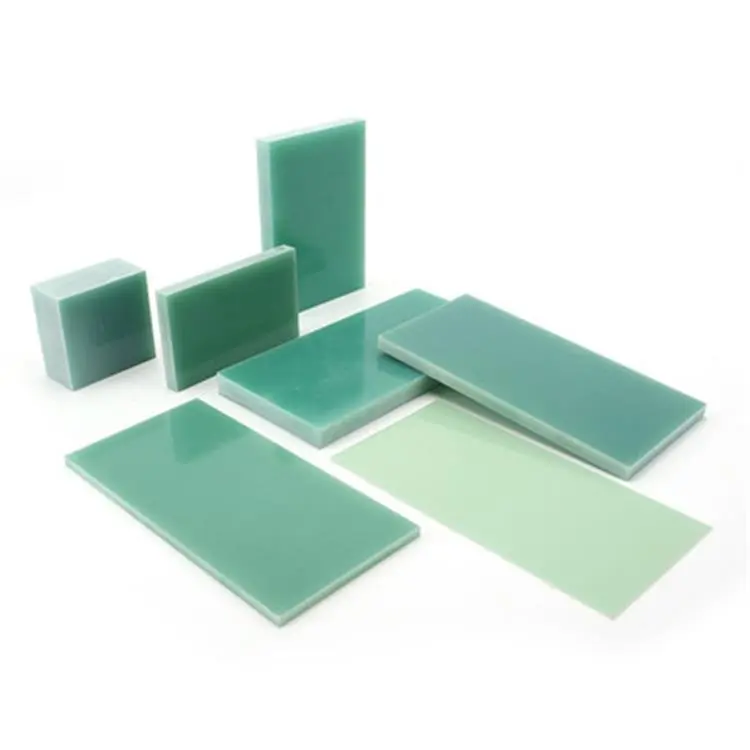
Environmental and Safety Considerations
Regulatory Compliance
The use of flame retardant epoxy sheets is subject to stringent regulations across various industries. In the United States, the Federal Aviation Administration (FAA) has specific requirements for materials used in aircraft interiors, including flame, smoke, and toxicity tests. Similarly, the construction industry must adhere to building codes that specify fire resistance ratings for different components. Manufacturers of flame retardant epoxy sheets must ensure their products meet these regulatory standards, which often involve rigorous testing and certification processes.
Eco-friendly Innovations
Environmental concerns have led to significant innovations in the field of flame retardant epoxy sheets. Traditional halogenated flame retardants have faced scrutiny due to their potential environmental impact. In response, manufacturers have developed more eco-friendly alternatives, such as phosphorus-based flame retardants and nano-composites. These new formulations aim to provide the same level of fire protection while minimizing environmental footprint. Some companies are also exploring bio-based epoxy resins, derived from renewable resources, as a sustainable alternative to petroleum-based resins.
Health and Safety Implications
The wellbeing and security viewpoints of flame retardant epoxy sheets expand beyond their fire-resistant properties. Amid fabricating and establishment, appropriate dealing with strategies are basic to secure specialists from potential exposure to chemicals. In their final application, these sheets contribute essentially to occupant security by diminishing fire risks. In any case, continuous investigate is examining the long-term wellbeing impacts of exposure to flame retardant chemicals, especially in indoor situations. This has prompted the improvement of low-emission formulations that keep up fire resistance whereas minimizing the release of volatile organic compounds (VOCs).
Conclusion
Flame retardant epoxy sheets represent a vital headway in material science, advertising a powerful combination of basic integrity and fire security. Their flexibility makes them irreplaceable in different businesses, from aviation to construction. As controls tighten and natural concerns develop, the evolution of these materials continues, with a center on maintainability and diminished natural affect. The progressing research and advancement in this field guarantee indeed more inventive solutions, assist improving security benchmarks over businesses. Understanding the properties, applications, and considerations encompassing flame retardant epoxy sheets is basic for experts working in areas where fire security is a basic concern.
Contact Us
To learn more about our flame retardant epoxy sheets and how they can benefit your specific application, please don't hesitate to reach out. Our team of experts is ready to assist you with detailed information and tailored solutions. Contact us today at info@jhd-material.com to explore how our products can enhance the safety and performance of your projects.
References
1. Smith, J. (2022). "Advanced Flame Retardant Technologies in Epoxy Composites." Journal of Fire Sciences, 40(2), 145-163.
2. Johnson, A., & Williams, R. (2021). "Environmental Impact of Flame Retardants in Building Materials." Sustainable Materials and Technologies, 28, e00297.
3. Lee, S., et al. (2023). "Innovations in Eco-friendly Flame Retardants for Epoxy Systems." Progress in Polymer Science, 131, 101543.
4. Zhang, X., & Chen, Y. (2022). "Flame Retardant Epoxy Resins in Aerospace Applications: Current Status and Future Trends." Aerospace, 9(3), 141.
5. Brown, M. (2021). "Regulatory Landscape for Flame Retardant Materials in Electronics." IEEE Transactions on Components, Packaging and Manufacturing Technology, 11(4), 612-624.
6. Garcia, E., et al. (2023). "Health and Safety Considerations in the Use of Flame Retardant Epoxy Sheets." Journal of Occupational and Environmental Hygiene, 20(5), 301-315.

